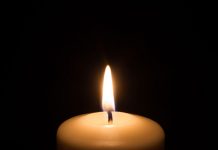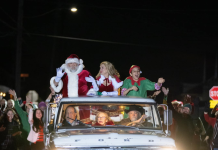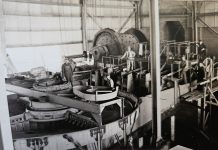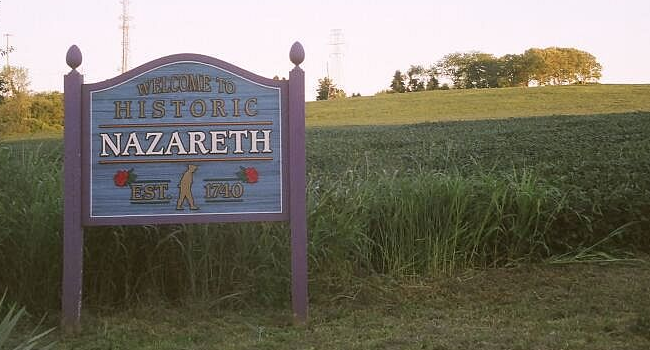(Originally published in 2006)
I found this description of Moore Township in the 1920 edition of History of Northampton County. There have been a few changes since 1920.
It became a township in 1765 and it was proposed to name it “Penn” but the present name was given in honor of John Moore, a representative in the Provincial Assembly in 1761-62. The face of the country is hilly and rolling, the soil being either gravel or slate, but the culture of cereals has yielded fair returns of rye and buckwheat.
The first white settlements were made between 1740 and 1750. Among these early inhabitants were Christian Miller, Henry Diehl, Henry Shopp, Nicholas Heil, Nicholas Shall, Peter Diehl and John Bauman.
A series of Indian attacks killed many of the early settlers in 1756. The population, however, had a steady growth and by 1770 it numbered 500. There were also three gristmills and two sawmills in operation in the township.
There are numerous small villages located in the township. Near the eastern line is Moorestown, one of the prettiest villages in Northampton County, having a population of 200, a school, hotel and two stores.
West of the village stands Salem or Big Moore Church. This well-known union church, Lutheran and Reformed, is located on a hill the commands a view of the surrounding country.
The first church built of logs was erected in 1772 and served its purpose until 1829 when it was replaced by a stone structure. The log church was removed about six miles west from its former site and was used for religious worship. It was named “Little Moore” and both churches have since been known by these names. In 1872, “Big Moore” was remodeled. The seating capacity increased to 800 with a new 105-foot high steeple.
One of the pastors, Rev. Frederick W. Mendsen had a career that was exceptional. He started to minister to the faithful in 1810 serving the spiritual needs of ten churches in Northampton, Lehigh, Monroe and Carbon counties. He preached three or four times on a Sunday, often traveling thirty to forty miles to meet his engagements. In over 40 years in the ministry, he performed 24,564 baptisms, 9,412 confirmations, 4,148 marriages, 7,218 funerals and administered the Lord’s Supper on 76,482 occasions. The good Reverend died at Klecknersville on August 5, 1871.
These are amazing statistics and can be confirmed on page 487, Volume II History of Northampton County 1920.









